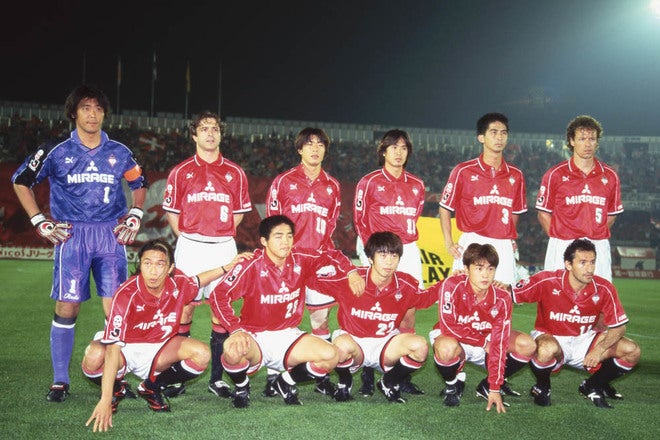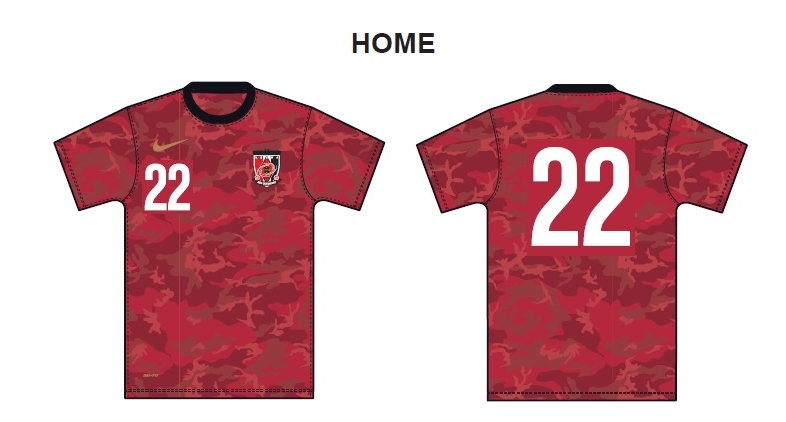
新入荷再入荷
【非売品】浦和レッズ前身・三菱重工業サッカー部ユニフォーム(赤・半袖)
 タイムセール
タイムセール
終了まで
00
00
00
999円以上お買上げで送料無料(※)
999円以上お買上げで代引き手数料無料
999円以上お買上げで代引き手数料無料
通販と店舗では販売価格や税表示が異なる場合がございます。また店頭ではすでに品切れの場合もございます。予めご了承ください。
商品詳細情報
| 管理番号 | 新品 :88967483 | 発売日 | 2025/02/18 | 定価 | 36,000円 | 型番 | 88967483 | ||
|---|---|---|---|---|---|---|---|---|---|
| カテゴリ | |||||||||
【非売品】浦和レッズ前身・三菱重工業サッカー部ユニフォーム(赤・半袖)
▪️Jリーグ「浦和レッドダイヤモンズ」の前身である「三菱重工業サッカー部」の半袖ユニフォームです。▪️1950年に創部し、後の浦和レッドダイヤモンズの礎となった三菱重工業サッカー部。日本のサッカーファン、特に浦和レッズファンの方は必見!ほとんど流通していないレアなユニフォームです。▪️背番号は8番。サイズはL。非常に貴重なモデルです。別で出品している長袖の青ユニフォーム25番とのセット買いもおすすめです。▪️状態は写真の通り比較的良好ですが、古いモデルかつ実際に着用されていたユニフォームのため若干の劣化はあります。予めご了承ください。◆コメントなし即購入可◆お気軽にご質問ください公式浦和レッドダイヤモンズ浦和レッズ三菱重工業サッカー部MITSUBISHI FOOTBALL CLUBユニフォーム非売品 プーマ PUMAサッカーJリーグ









































